Aqua Safe
Skills
protect
your
water
source
learn
the
skills

AQUA FACTS
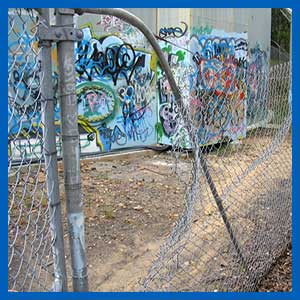
Security
If vandals access sites on a regular basis and there is evidence of unauthorised access to the roof area, then the overall risk rating for the tank is ROL (running on luck!) for potential water quality impacts, structural or fixture damages.
Every possible step needs to be taken to eliminate unauthorised access to site and deter any unwanted visits.
Use security cameras, maintain secured compounds and install access doors, ladders and hatches that are sturdy and locked. Also ensure the site is checked regularly by operational staff.
Access by known persons such as Teleco contractors or neighboring property owners should be documented.
Site works should be monitored to ensure that structural issues have not been created or the stored water in the tank has not been exposed to contamination impacts.
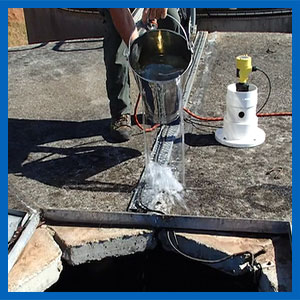
Water Quality Impacts
Inspect areas around platforms, entry hatches and roof fixtures for poor drainage by doing a ‘bucket of water’ test.
Pour water around ‘sealed’ areas, then look and listen inside the tank for evidence of water leaking back in.
Do this test after any upgrades to the roof area.
Platform and hatch areas are the most common places where contaminants enter into storage tanks.
Potable water should be recognised as a food grade product and its storage facilities treated the same as if they contained milk, wine or grain.
In the latter cases, it would be totally unacceptable if external contaminants such as storm water, bird faeces or dust were allowed to enter and mix with the stored product.
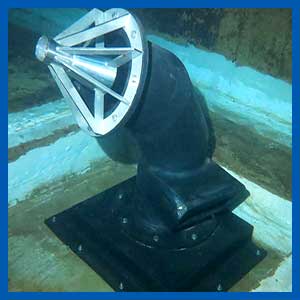
Water Quality Impacts 2
Water needs to be constantly moved about and blended to maintain quality and disinfection residuals.
Internal pipework configurations will not always achieve these outcomes, so addition mixing by mechanical means is desirable. There are many options available, along with various claims of performance and outcomes.
The ‘KIS principle’ (keep it simple) is often overlooked in the process, but there are simple things that can be done to improve water quality and they can also be reasonably priced and easy to maintain.
Divers can determine when the water inside tanks is stale and not turning over as required. Evidence within sediment layers, algae deposits on walls and poor flow direction as shown by staining or sediment patterns on the floor.
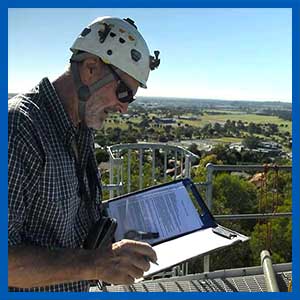
Site Records
Having a sequential series of photographs can assist with further assessment of a developing issue, or provide supporting evidence for the programing of rectification works.
Collecting a series of photos of the same feature/fixture from the same profile, can give a representation of the degradation or increasing severity of an issue over time.
Many maintenance issues have a commonality amongst similar designs and types of machinery.
By recording all the static data such as motor and pump brands, seal and coupling types, an identified failure can often lead to developing issues amongst the other similar pumping units.
A search and tracking facility within the data storage system can save valuable time in avoiding expensive and time consuming equipment failures before they occur.
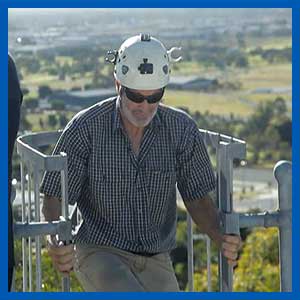
Inspections
Clients need to conduct regular checks for site security, structural damage and water quality impacts to the supply.
Ideally, inspections need to be conducted on a yearly to four yearly cyclic basis by experienced external contractors to determine the more ‘hard to locate’ external and internal issues that may be present.
Clients need to conduct regular onsite checks of their water assets to ensure site security, structural impacts and water quality impacts to the supply are not compromised.
A standardised list of items to be inspected, should be documented and site personnel should be trained to be aware of anything that does not appear to be ‘normal’.
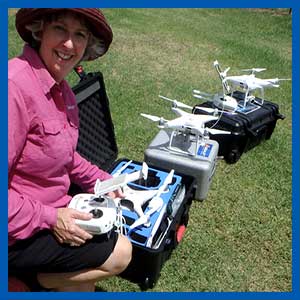
Inspection Access
Some roof areas are not safe to access due to aerials and a lack of guard railing. Aqueducts (pipelines) running under bridges, over roads or high up off the ground also present safety issues to inspection personnel.
Remotely operated Drones appear to be the answer – they can be easily launched and flown to provide a triage view of ‘hard to access assets’, prior to more detailed inspections being planned and carried out by conventional methods.
ROV’s (Remotely Operated Vehicles) are a benefit to diving orientated inspections.
They allow quick, triage information to be gathered prior to divers entering a tank. ROV’s also allow clients ‘real time’ viewing of issues identified by the diving operator and decisions/rectifications can be made while the dive team is still onsite, rather than viewing a video presentation at a later date.
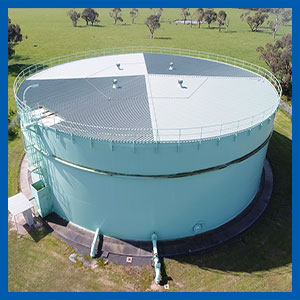
Tank Design
Tanks built today need to meet future WH&S requirements, provide long term value for money and be adaptable to service area needs and volumes.
Allow for future renovations and ongoing maintenance.
Minimise tank equipment that will need maintenance – remove gutters and make roof areas ‘self shedding’ to reduce the amount of debris that can accumulate and affect water quality.
Missing roof sheeting or unsecured items, impacts from the neighboring environment (trees), leaf litter build up causing ponding and corrosion.
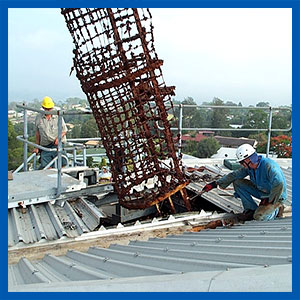
Renovations
Recording of site renovations enables a quick reference point of when, what and who performed the works.
This assists in reviewing the quality and durability of the works performed and the timelines of these projects.
Better planning is required before conducting renovation projects.
Combine works together to make effective use of time and equipment whilst on site, to address not just immediate but medium term issues such as coating defects and corroded pipework.
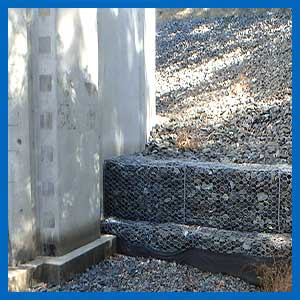
Structural Defects
Look for evidence of sunken roof areas, cracked sheeting, increased flexibility or movement in the framing.
This can indicate loose or missing internal fixings, cracked or broken welds on main rafters or supporting wall brackets.
Work carried out after a new tank is constructed can often cause serious structural defects to develop. Back-filling up against lower wall areas can create a transfer of stress to other parts of the tank, that were not allowed for in the engineering design This can reduce the life expectancy of the asset and require significant remedial works to be carried out.
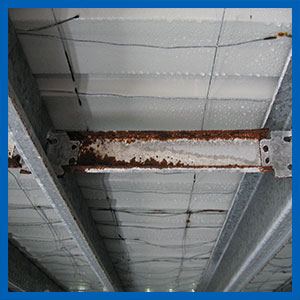
Roof Structures
Internal areas are subject to hot and humid conditions, so zincalume rafter & purlin materials and plain steel fixing screws, as used in normal industrial situations are not effective for long term life spans.
Roof framing should be constructed from either galvanised steel or aluminum sections and fixings should be stainless steel with suitable insulators in-between.
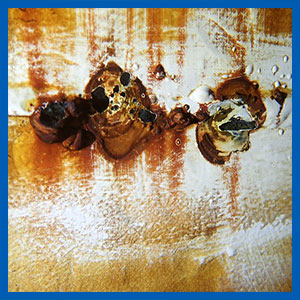
Corrosion
Minimise dissimilar metals and apply protective coatings as necessary.
This is most relevant in concrete tanks where ductile pipework is often left un-coated.
Corrosion within a water storage tank will introduce contamination to the supply, depending on the amount of water exposed to this issue. It will also reduce disinfection levels if left unchecked.
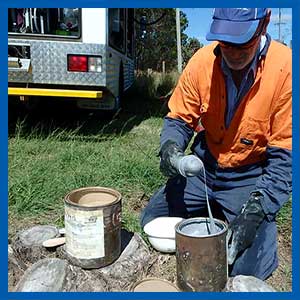
Protective Coatings
Many tanks are re-coated without fixing hatch and platform areas at the same time. Simplify internal fixtures and modify pipework to achieve better water quality performance.
Pay for the best quality first up. This can save headaches long term and the need to take the tank offline again for patches and re-coats as defects occur.
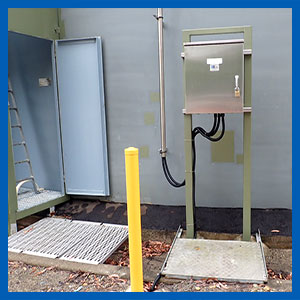
Cathodic Protection
Choosing the right time to install CP is a considered process.
Too early in a tanks life, is wasting resources – too late and CP is merely a ‘band-aid solution’ to corrosion damage already done.
Designing a CP system correctly to optimise the coverage and work in with the internal features is the key to successful CP protection.
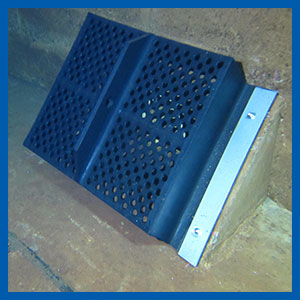
Safety Screens
Installing screens on tank outlets enables diver cleaning to be conducted safely whilst tanks remain on-line.
Screens can also prevent any debris present inside the tank from entering into the reticulation system during high flow events.
Screens should have a surface area of 120% of the outlet size and be
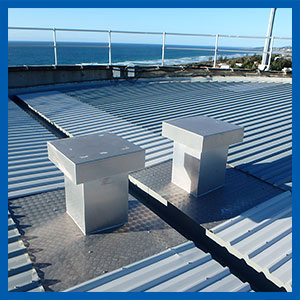
Ventilation
Turbine vents with moving parts are only designed for dry situations such as industrial buildings and do not last in extreme environments such as the hot, gaseous and humid conditions inside a tank.
They are also subject constant wind movement and the bearings on many cheaper type turbine vents fail prematurely, causing the rotating section to either seize up or break away completely, leaving the tank open to vermin entry.
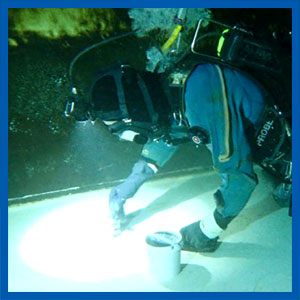
Re-Wirement 1
Many people spend their lives focused on work, and when this reduces or ceases altogether, it can create a vacuum that needs to be filled with other activities.
Traveling is one such alternative, but this can only last so long, before a need to feel useful asserts itself again.
Acting as a volunteer at these events can be beneficial to both the industry and the person involved.
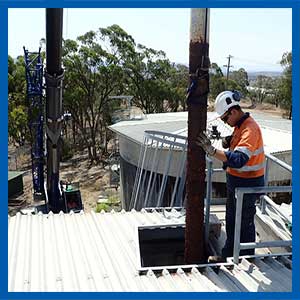
Re-Wirement 2
Having a reason to travel around the country can benefit the health and well being of retired or part retired water industry personnel, as there will always be a need for part time operational staff, to replace personnel on leave or taking training courses.
Keeping skills and experiences ‘up to date’ is also a good excuse to attend training courses when available – this will keep the mind active and engaged.
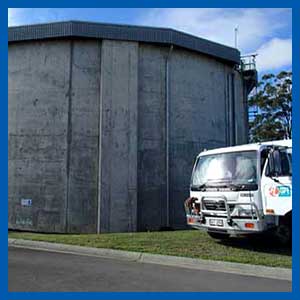
Re-Wirement 3
Remaining connected to industry groups and attending conferences and workshops is a great way to maintain an interest in past life experiences.
New ideas can be tempered with past experience of issues that may not have been considered in today’s ‘technical age’, but history has proved that ideas and experiences keep on repeating themselves, in one form or another.
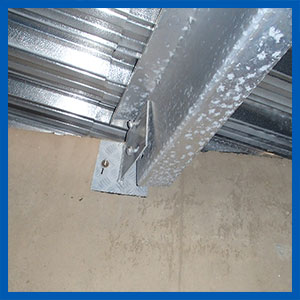
Roof & Frame
Aluminium roof framing systems have good corrosion resistance, but they have other structural issues that can develop in a short period of time.
Aluminium framing members are subject to movement in windy conditions and the fixing bolts have a history of loosening off and even falling out.
The simple solution is to use ‘nyloc’ nuts on all the fixing bolts.
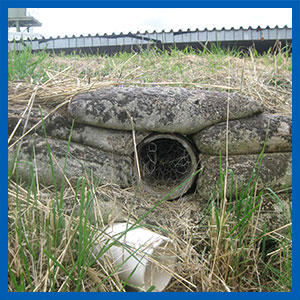
Overflow Drain Points
It is essential for storage tanks to have an overflow system installed for when the tank is accidentally overfilled.
Because overflow events are rare, animals such as rabbits, feral cats, snakes, rats/mice and frogs often begin living inside the pipework as it is a sheltered environment.
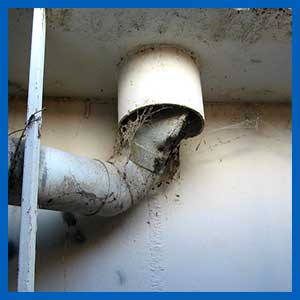
Overflow Drain Points 2
The overfilled water needs a clear area to disperse, so the pipework is usually located a distance from the tank and often becomes overlooked as a source for potential contamination during inspection or maintenance projects
Animals have been known to make their way into the tank through this unsealed pipe area.
